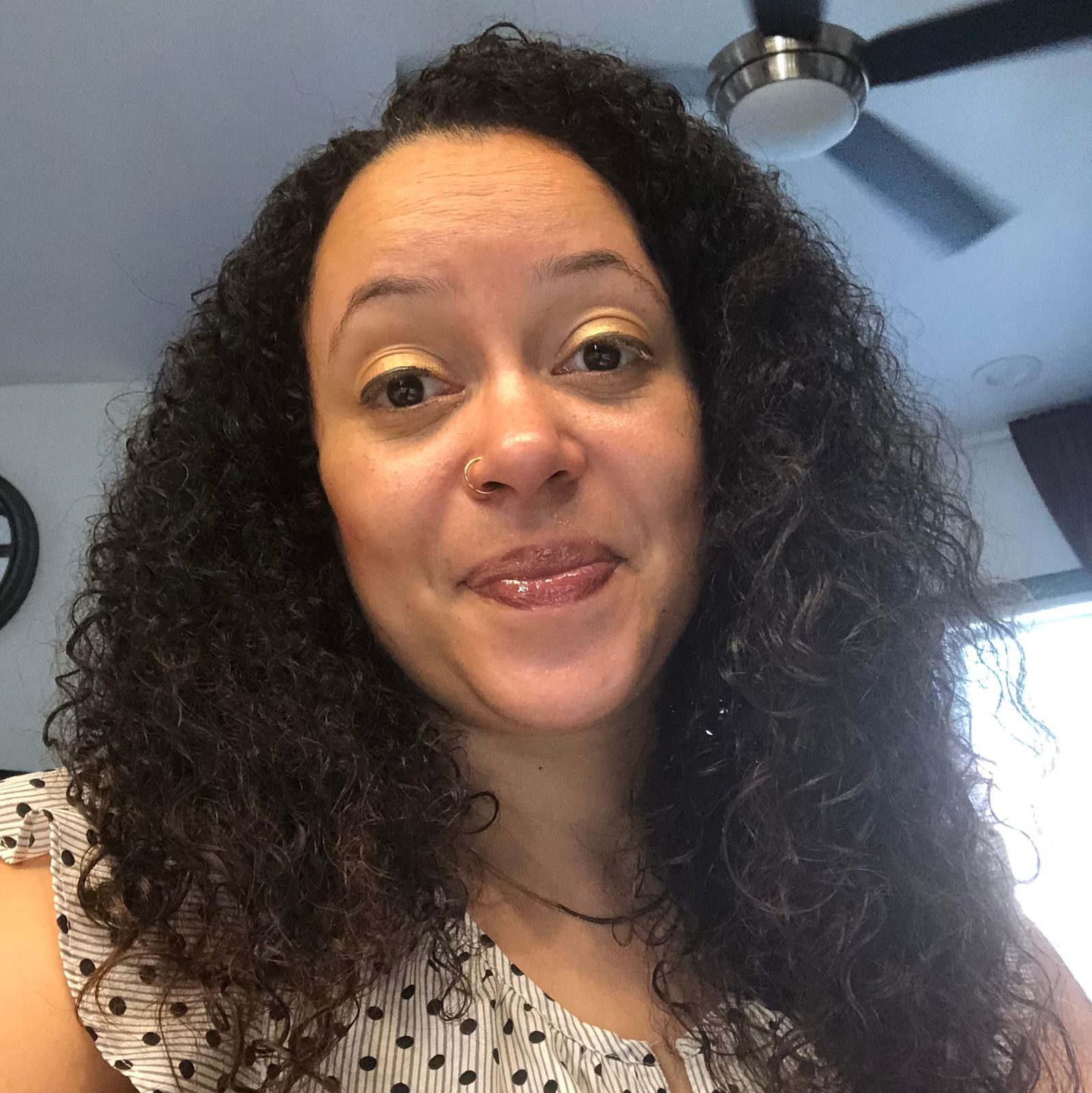How Teachers Use Can We Talk?

How Can We Talk? helped my students talk about The Lord of the Flies
By Tim Groth - English teacher, Susquehannock HS, York County
Can We Talk? was a useful resource within my English classroom this past year.
During our unit on William Golding’s novel The Lord of the Flies, I was able to use CWT? as a way to get my students thinking about the importance of communication within the novel and within their lives.
At the outset of the unit, I asked my students to organize a list of survival implements in order from most to least important. The only stipulation was that they needed to reach a consensus on the final list as an entire class.
Just like in the novel, the class quickly devolved into chaos and arguments, and it became readily apparent to the students that they lacked the communication skills needed to function effectively.
With this failure fresh in their minds, my students were keen to learn the rules and principles of CWT? because they recognized that learning how to communicate with civility is a skill that will serve them well throughout their lives.
With each class discussion about the novel, I watched the confidence and communication skills of my students grow. Soon, they were using the rules and principles of CWT? within their analysis of the novel.
Many of my students rated our work with CWT? as some of their favorite lessons, and I’m excited to utilize Can We Talk? in classes for years to come.

How “Can We Talk?” Program Improved My Teaching on Confederate Memorials
By Abigail Henry
I am the best teacher when I am teaching something that I am passionate about, find intriguing, or believe is relevant for students of color today.
Last school year was my third attempt to teach about Confederate memorials to my students at Mastery Shoemaker High School in West Philadelphia.
Thanks to the Committee of Seventy’s Can We Talk? program, I feel like I have finally done successfully. Not perfect, but successful enough.
There has been a lot of writing about the removal of Confederate memorials, especially thanks to the wonderful work of Clint Smith. However, to my knowledge, little guidance is available on how to teach about them in a high school classroom.
The Committee of Seventy helped me promote productive conversation among my (mostly Black) students about not just Confederate memorials, but American values.
Prior to starting my unit on Confederate memorials I met with Chris Satullo and Harris Sokoloff of the Can We Talk? program twice virtually to get feedback on my unit. One of their most beneficial suggestions helped students make connections between the Confederate memorials and ideas of American democracy.
This year for the first time I asked students to create a list of 2-3 ideas or beliefs that America values. I walked around the room, noticed trends, and wrote them on the board. Some of these such as power, money, equality, and freedom helped students write about why Confederate memorials are problematic. When students later looked at a list of the top 50 memorials in the United States they made smart observations about who and who was not represented.
In addition, my conversations with the Committee of Seventy helped me prepare to facilitate a conversation on what to do with existing Confederate memorials, pushing me to remind students that there is more than one acceptable answer, and that there also is success in just understanding all the options.
Several students simply wanted Confederate memorials to be removed, but there were others who argued they should “remain” because they “don’t care about the statue” and want more “action” on racial inequality. Another one of my students said they should remain so “we should learn from it.”
Here are some examples of student writing answering the question: “Who should the U.S. memorialize?”
“I believe we should recycle those hateful memorials to make ones of people who deserve them. The materials used to make statues of Confederacy should be used to make those of enslaved heroes. The streets named after enslavers should be renamed to those who fought against slavery. The time, effort, and money put into keeping these memorials should be used instead for something the U.S. could be proud of” - Student 1
“Many people see these monuments as symbols of racism and oppression, reminding them of a painful chapter in history. The debate over these memorials highlights the need to consider the feelings and experience of all Americans and promote a more inclusive understanding of the nation’s past.” - Student 2
Lastly, I want to point out that this topic served as the summative assessment benchmark question for report period 2 in my charter school network. Therefore, I passed on the lessons I learned from the Committee of Seventy to the other African American History teachers.
Many teachers struggle with how to handle or even begin discussions regarding race with their students, especially given the politics around education. The Committee of Seventy helped me support other teachers and further increased the rigor for students to engage in this national conversation.

